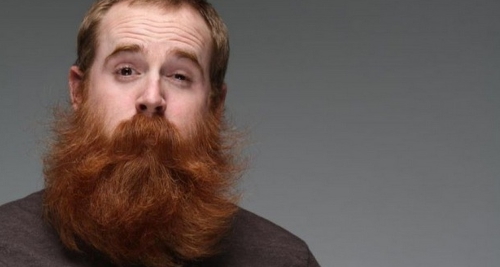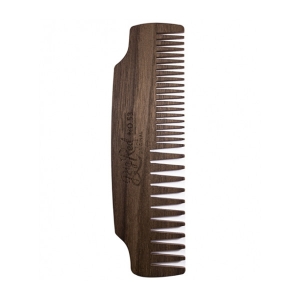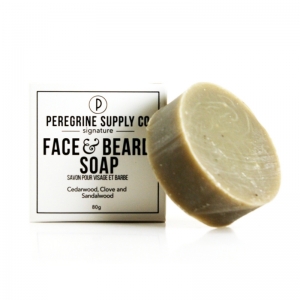Why do I have a ginger Beard and brown Hairs ?
Posted by The Man Cave 0 Comments 
Ginger Beard and Brown Hairs
The growing popularity of beards—in recent years—as shown us majestic beards and mustaches. Obviously, men are now much more likely to wear them. As a small garden, they just need to groom it with good products and let it grow.
Anyway—although pretty easy to grow—it often happens that we face a man with brown or black hairs and a ginger beard. It could even be your case. No ladies, this doesn't mean that these men colored their hair. This strange phenomenon is scientifically explainable.
If men have hairs of a different color than their beard, this is mainly due to genetic issues.
This blog post aims to explain in more detail why some men have a different hair color than their beards.
Before we continue, make sure to grab your copy of our brand new Free ebook: The ultimate Beard in 10 easy steps!
A mix of two Colored Molecules
To understand this phenomenon, one must first begin by understanding what are the melanins. The melanin pigments are produced by the cells of your skin. They are responsible for the more or less dark color of the skin, hair and bristles. However, there are two kinds of melanins. The eumelanin and pheomelanin. The eumelanin is responsible for the darker color while phaeomelanin is responsible for most red color (from blond to ginger).
It is the mix between these two colored molecules that determines the color of a beard.
DNA is a Key Factor
Like eyes color, DNA influences and determines hairs and bristles color. However, determining the hair and bristles color is much more complex than determining those of the eyes—as it involves several genes. Genes involved in hairs and bristles color determination are "hereditary traits and incomplete dominance." In other words, they aren't genes that dominate over all the others, but genes influenced by all others.
In addition, in 2002, research has demonstrated that the MC1R gene—on chromosome 16—play a vital role in transforming pheomelanin into eumelanin. A malfunction of this gene may then interfere in the color of your hairs and beard's bristles. This gene may also explain the fact that two people have completely different genetic combinations, but still have the same hairs and skin tone color.
A Genetic Mutation
People with red pigmentation and pale skin are normally the heirs of two versions of mutated MC1R gene—one from each parent. A combination of these mutated genes his usually translated into a slowdown from the organism to convert pheomelanin into eumelanin. Thus, the cells accumulate more pheomelanin and give a clear tone (red) to the skin and bristles.
Generally, those with a ginger beard and brown or black hairs, have a single mutated version of the MC1R gene. One mutated gene in an organism normally interacts in random places like the beard, for example.
Finally, although it is mainly genetics that determines the color of the beard, some bad habits can also affect the color of your beard. If you smoke cigarettes, for example, the flame heat from the lighter, when you approach it close to your beard's bristles, deteriorates the melanin on your hair and can make them turn yellow over time.
Continue reading










